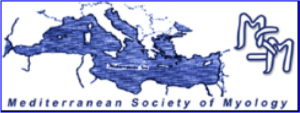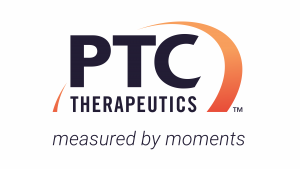Dear Editor
In recent years we have actioned a revolution in the nosography of spinal muscular atrophy (SMA). SMA is a severe inherited neuromuscular disease representing the most common genetic cause of infant mortality (incidence 1:11,000). SMA is caused by mutations in the Survival Motor Neuron 1 (SMN1) gene, resulting in insufficient expression levels of the SMN protein with motor neuron degeneration and muscle weakness. As of 2017, gene-base therapies (GBT) capable of acting on the genetic defect directly on the DNA or its transcript, have radically changed the functional profile, natural history and prognosis of SMA (especially in children). Despite fatal and incurable in the past, SMA is now a non-life-threatening, treatable disease, with a significant improvement in its clinical course. This enables treatments that are no longer palliative/supportive but aimed at reducing functional limitations and minimizing disability. Disabilities with varying severity from case to case become the central theme of care pathways in the era of GBT.
In line with the International Classification of Functioning, Disability, and Health (ICF), speaking of disability means speaking of a multidimensional concept that includes ‘body function/structure’, ‘activities/participation’, and ‘personal/environmental factors’. It also includes the psychological, social/vocational dimensions of person’s life. Disability denotes the negative aspects of the individuals (with a health condition) interaction with ‘their contextual factors (environmental/personal factors) and is opposed to the concept of functioning, which denotes the positive aspects of the individuals interaction with their environment.
Undoubtedly, reducing levels of disability is one of the greatest unmet needs of people with SMA. To date, several scales are used to assess SMA for both clinical and research purposes that served primarily to monitor patient deterioration.
However, they do not provide us with information to assess, by adopting the ICF language, how ‘impairments in muscle function’ (e.g. impairments in muscle power function and muscle endurance function) or ‘impairments in mental function and in sensory functions and pain’ (e.g. sleep function impairments, fatigue, emotional function thinking) may lead to ‘restrictions on participation in ‘community, social and civic life’ (restrictions in mobility, relationships and recreation and leisure), or how contextual factors (environmental and personal factors) such as ‘lack of support from close family’ and ‘lack of support from the social security system or health professionals’, are key predictors of the impact of disease-related disabilities on quality of life (QoL).
In the era of GBT, which significantly alter the functional levels of SMA patients, none of the functional scales is currently designed to measure residual disability, or rather to assess levels of functioning in daily life because they were developed for non-treated patients.
These scales are used specifically to assess: global motor skills (Motor Function Measure), fine and gross motor function (Bayley-III Scales), motor function (Children’s Hospital of Philadelphia Infant Test), development of motor function (Hammersmith Infant Neurological Examination – Part. 2), gross motor skills (Hammersmith Functional Motor Scales Expanded), upper limb function (Revised Upper Limb Module) and measures of physical endurance (6-Minute Walk Test). Each scale measures patients differently at different life stages (some are age-specific), in different clinical types, sometimes with contradictory results, allowing no transferability of results from scale to scale, nor comparisons of the changes magnitude. At current times, we need more and more specific measures capable of capturing the functional improvements reported by patients or their parents, and still un-detected by the current assessment scales despite their relevant role in improving the SMA-related QoL. Undoubtedly, the new SMN-dependent treatments are changing the natural course of the disease. Despite this, the management of disability is still an unmet need and another import issue is the assessment of residual disability by more specific measures. Today, more importantly, an assessment of nosological impairments should go hand in hand with an assessment of the disability and functional profile through the ICF framework, which offers a picture of human functioning. A deeper understanding of ICF-based functioning relies on all aspects related to person functioning, and also considers the impact of the environment on the various SMA-related disability levels. Measuring disability is thus the new challenge we face in developing new standards of care for people with SMA in the era of disease-modifying therapies.






